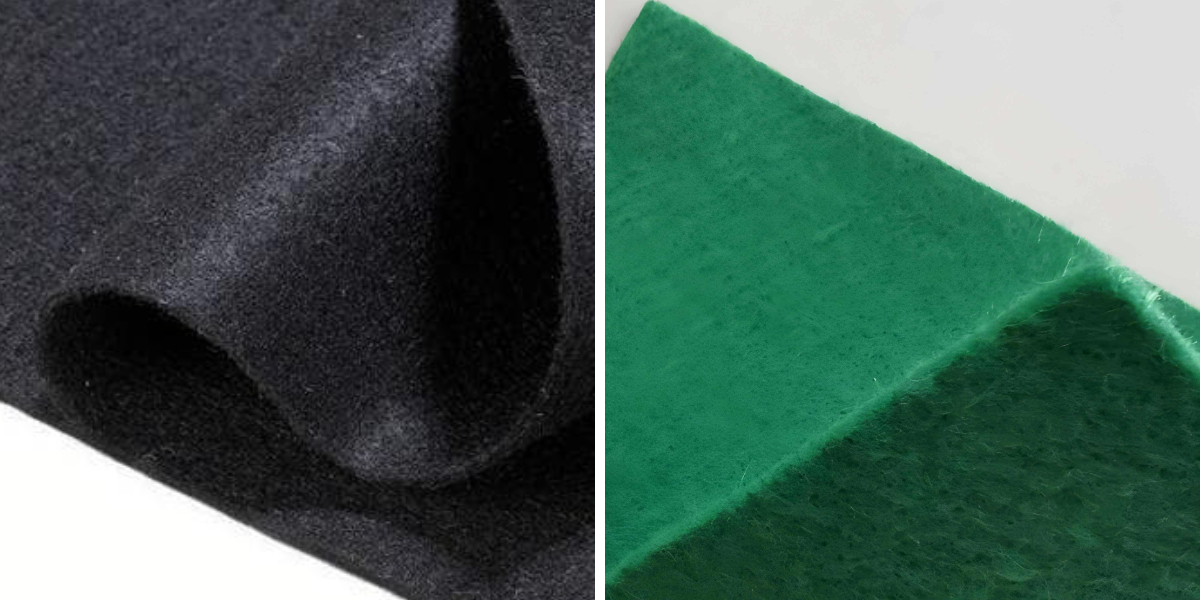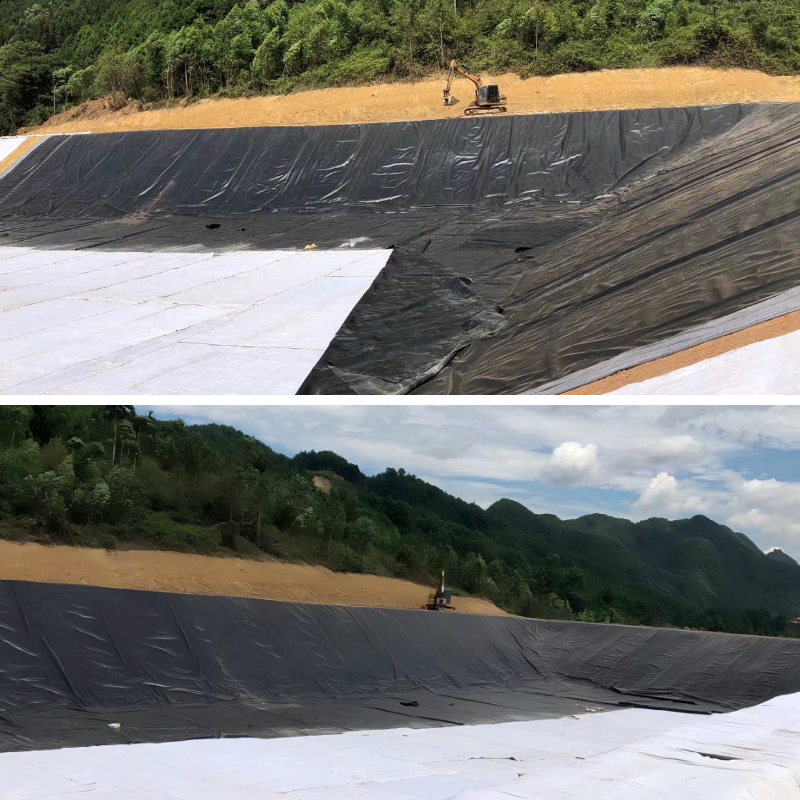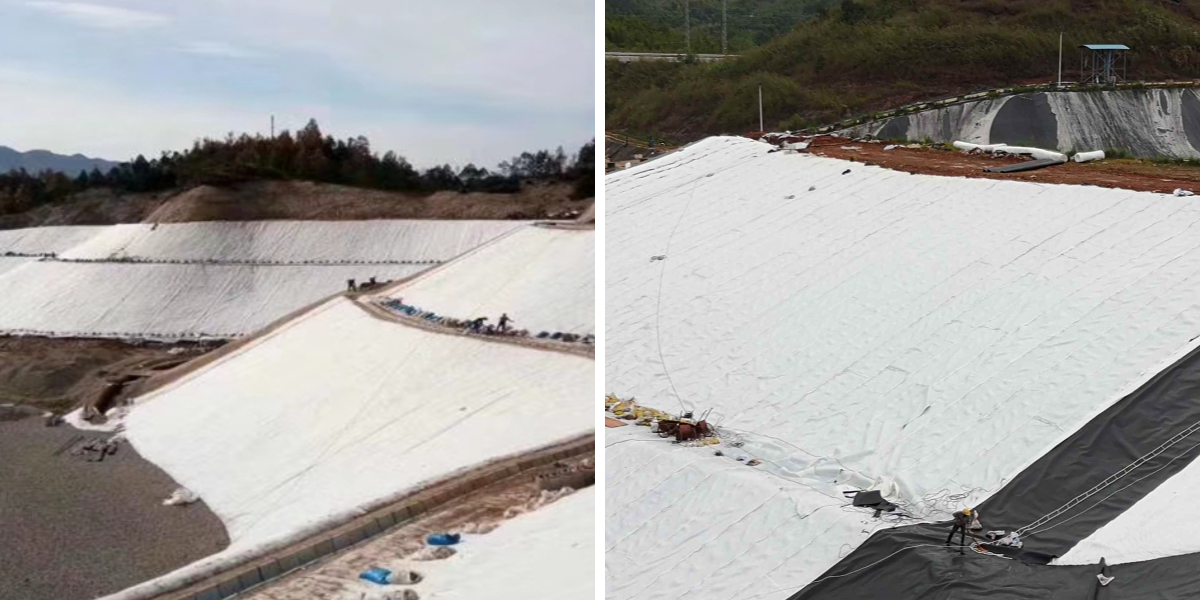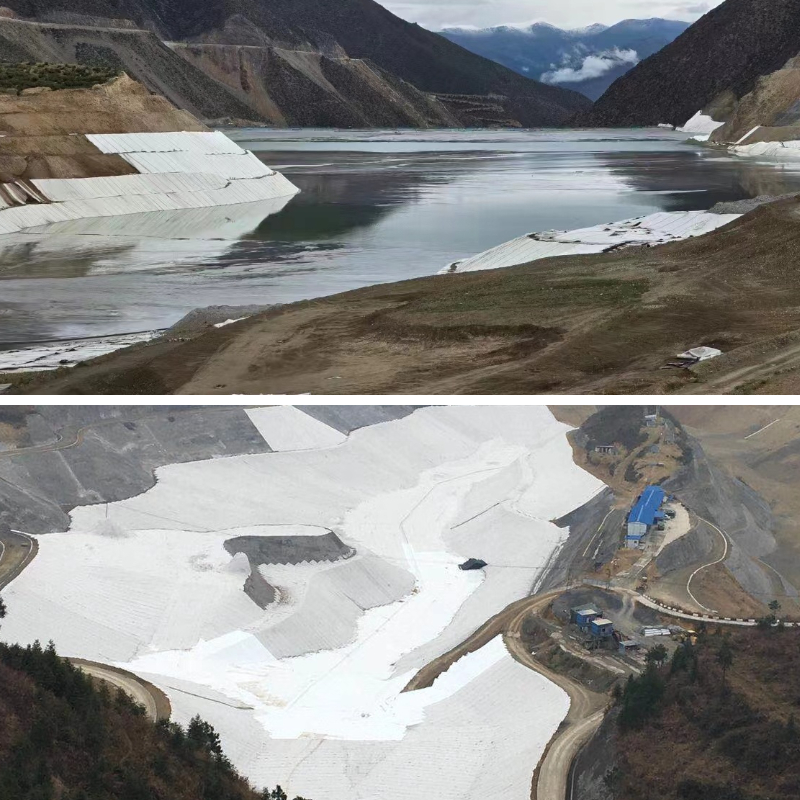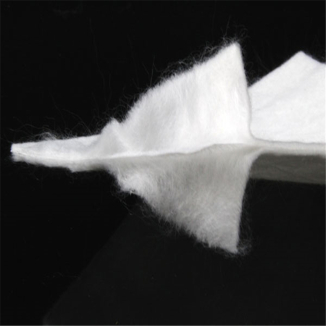Environmental Benefits of Geotextile Cloth: A Sustainable Choice for Civil Engineering
In an era the location civil engineering duties are an growing variety of held to sustainable standards, Geotextile Cloth has emerged as a game-changing material. Beyond its sensible benefits in reinforcement and drainage, Geotextile offers profound environmental benefits that align with inexperienced setting up goals, restrict ecological footprints, and assist long-term planetary health. This records explores the key environmental perks of Geotextile Cloth, highlighting why it’s cease up a go-to desire for eco-conscious contractors, engineers, and challenge stakeholders.
1. Geotextile Cloth Prevents Soil Erosion: Safeguarding Critical Ecosystems
How Geotextile Stops Soil Loss and Preserves Topsoil
Soil erosion is one of the most pressing environmental threats linked to construction—traditional techniques like bare slopes or heavy rock armoring frequently fail to defend topsoil, fundamental to sediment runoff, waterway pollution, and habitat destruction. Geotextile Cloth addresses this by way of acting as a bodily barrier that:
Dissipates the electrical energy of rainwater and runoff, stopping it from dislodging soil particles.
Stabilizes slopes and embankments, even on steep terrain, thru distributing weight and lowering shear stress on soil.
Retains topsoil’s herbal count and nutrient content, which are necessary for plant increase and soil fertility.
Unlike concrete or gravel, Geotextile Cloth doesn’t disrupt the natural soil structure. It approves air and moisture to penetrate, assisting microbial existence while blockading erosion—a steadiness that frequent erosion manipulate techniques now not regularly achieve.
Real-World Applications for Erosion Control
Geotextile Cloth shines in high-risk erosion zones:
Road and twin carriageway construction: Lines cut-and-fill slopes to prevent sediment from getting into shut by way of streams or farmland.
River and coastal projects: Reinforces shores to stand up to wave action and flooding, without altering aquatic habitats.
Mining and landfill sites: Covers uncovered soil to limit filth and runoff, minimizing sickness of surrounding ecosystems.
By the utilization of Geotextile Cloth for erosion control, initiatives maintain away from the environmental damage of soil loss even as complying with strict regulatory necessities for sediment management.
2. Geotextile Supports Water Conservation and Pollution Reduction
Enhancing Water Infiltration and Reducing Runoff
Water scarcity and stormwater air air pollution are foremost global challenges—and Geotextile Cloth performs a key characteristic in addressing both. Its permeable format approves water to seep into the soil alternatively of on foot off, which:
Recharges groundwater supplies, a essential beneficial aid for agriculture and communities.
Reduces the volume of stormwater coming into drainage systems, lowering the danger of flooding and infrastructure damage.
Minimizes the transport of air pollution (e.g., oil, chemicals, sediment) from improvement web sites into lakes, rivers, and oceans.
In metropolis projects, Geotextile Cloth is frequently used in inexperienced infrastructure like rain gardens or permeable pavements. It filters stormwater as it infiltrates, trapping contaminants and decreasing the want for energy-intensive water treatment.
Preventing Contamination with Geotextile Barriers
For industrial or waste administration projects, Geotextile Cloth (often paired with geomembranes) acts as a protective barrier in opposition to pollution:
Landfills: Serves as a secondary liner to quit leachate (toxic liquid from waste) from seeping into groundwater.
Agricultural applications: Reduces nutrient runoff from farms by way of capability of conserving fertilizers in the soil, defending waterways from algal blooms.
Construction sites: Catches particles and chemical resources beforehand than they reap storm drains, keeping waterways clean.
Geotextile’s doable to filter and include makes it an critical machine for minimizing the environmental have an effect on of human activities.
3. Reducing Carbon Footprint: Geotextile Cloth as a Low-Impact Alternative
Lightweight Design Cuts Transportation and Installation Emissions
Traditional civil engineering components like concrete, steel, and gravel are heavy, energy-intensive to produce, and require large vehicles for transportation—all of which make contributions exceedingly to carbon emissions. Geotextile Cloth affords a lighter, more sustainable alternative:
It’s manufactured the use of tons much less electrical energy than rigid materials. Many Geotextile merchandise are made from recycled plastics (e.g., PET bottles), diverting waste from landfills and lowering reliance on virgin materials.
Its lightweight nature functionality fewer transport trips, decreasing gas consumption and greenhouse gasoline emissions. A single roll of Geotextile Cloth can cowl big areas, reducing the volume of resources wished on-site.
Installation requires a lot much less heavy machinery. Unlike concrete or gravel, Geotextile Cloth can be laid via skill of hand or with small equipment, reducing electricity use all via construction.
Extending Infrastructure Lifespan to Reduce Replacement Cycles
A longer-lasting infrastructure functionality fewer sources spent on repairs and replacements—another way Geotextile Cloth reduces environmental impact. By reinforcing soil and stopping degradation, Geotextile:
Extends the life of roads, railways, and pavements with the aid of way of reducing cracking and settlement.
Minimizes the choose for commonplace resurfacing or reconstruction, which requires mining new resources and ingesting energy.
Lowers the standard carbon footprint of a venture over its lifetime, as fewer sources are extracted, manufactured, and transported.
For example, a avenue built with Geotextile reinforcement can additionally ultimate 15–20 years longer than one without—avoiding the environmental charge of rebuilding a lengthy time earlier.
4. Geotextile Cloth Fosters Ecological Restoration and Biodiversity
Supporting Plant Growth and Habitat Recovery
Unlike challenging resources that create barren landscapes, Geotextile Cloth promotes ecological restoration by:
Acting as a seedbed for native plants. Biodegradable Geotextile alternatives (made from natural fibers like jute or coconut) decompose over time, leaving at the lower back of fertile soil for vegetation to thrive.
Stabilizing soil in degraded areas (e.g., mined lands, deforested sites) to assist reforestation and habitat recovery.
Protecting youthful vegetation from erosion and harsh weather, developing their survival rate.
In wetland restoration projects, Geotextile Cloth helps rebuild natural habitats for birds, fish, and insects. It retains moisture and soil structure, allowing native vegetation to set up and help the ingredients chain.
Minimizing Habitat Disruption During Construction
Construction commonly disrupts herbal world habitats—but Geotextile Cloth reduces this impact:
Its low-profile set up practicable a lot much less digging and disturbance to the natural landscape.
It avoids the desire for massive parts of rock or concrete, which can fragment habitats and block animal movement.
In coastal projects, Geotextile Cloth reinforces shores without altering tidal flows or aquatic habitats, maintaining the balance of marine ecosystems.
By prioritizing habitat preservation, Geotextile Cloth helps duties coexist with nature as a alternative than competing in the direction of it.
Final Thoughts: Geotextile Cloth—The Sustainable Choice for Modern Engineering
Geotextile Cloth isn’t absolutely a purposeful material—it’s a dedication to environmental stewardship. From stopping erosion and conserving water to lowering carbon emissions and fostering biodiversity, its environmental blessings make it crucial for sustainable civil engineering. For contractors and assignment managers looking out to assemble responsibly whilst meeting regulatory demands, Geotextile Cloth provides every general overall performance and planet-friendly results.
Want to make your subsequent mission even increased sustainable? I can aid you create a custom-made Geotextile Cloth software program facts tailored to your mission form (road construction, wetland restoration, landfill, etc.)—let me be conscious of if you’d like to dive deeper!
Contact Us
Company Name: Shandong Chuangwei New Materials Co., LTD
Contact Person :Jaden Sylvan
Contact Number :+86 19305485668
WhatsApp:+86 19305485668
Enterprise Email: cggeosynthetics@gmail.com
Enterprise Address: Entrepreneurship Park, Dayue District, Tai 'an City,
Shandong Province


